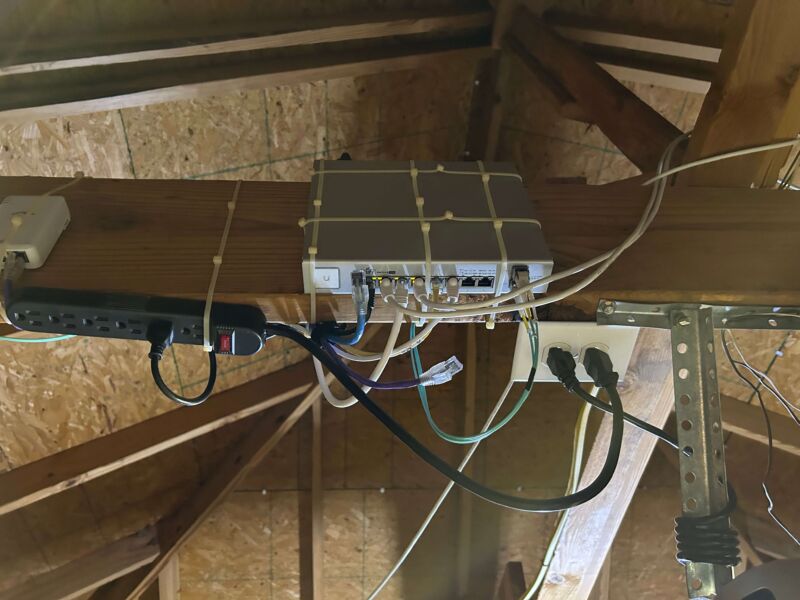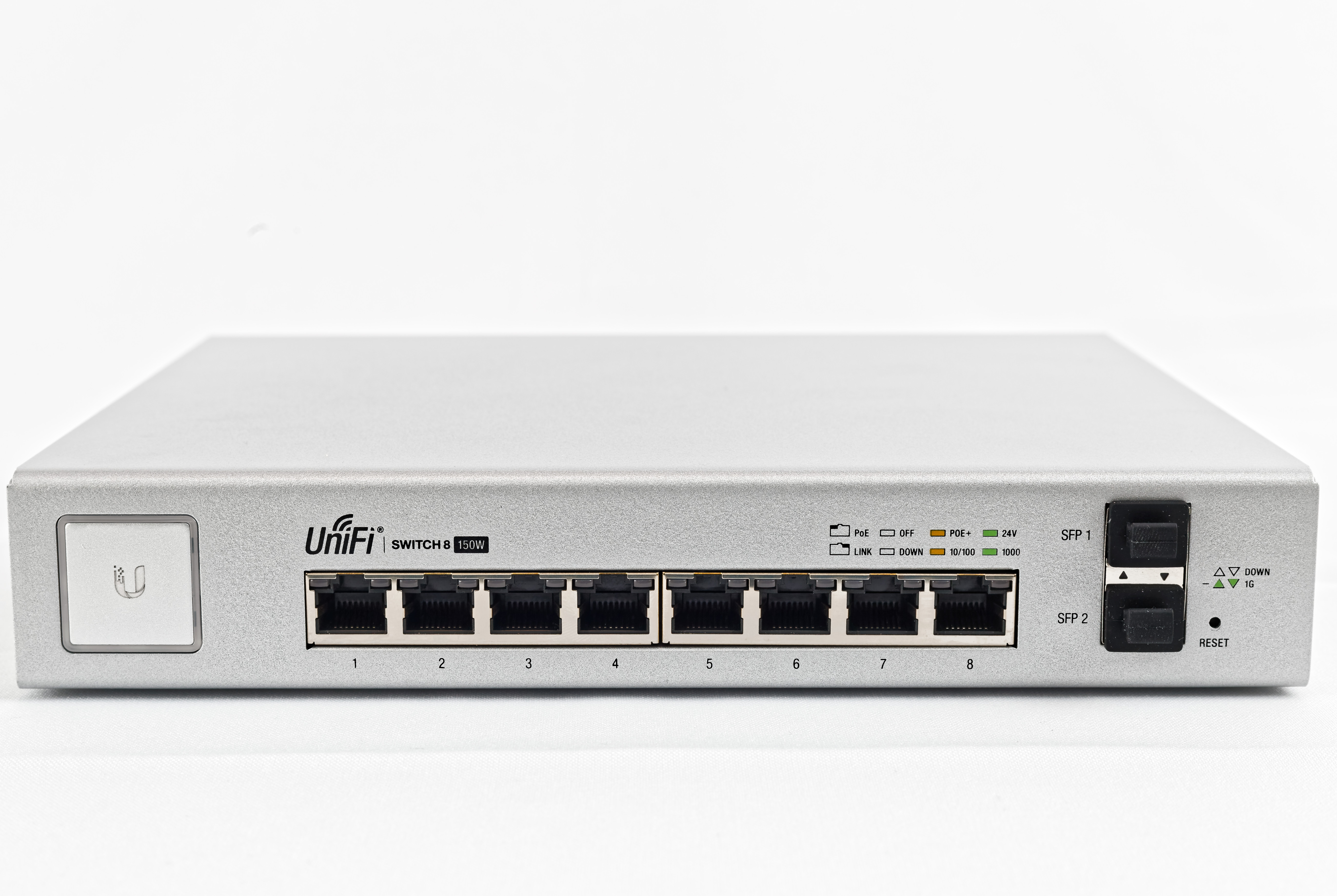-
 chevron_right
chevron_right
Court rules against Activision Blizzard in $23.4M patent dispute
news.movim.eu / ArsTechnica · Wednesday, 8 May - 14:49

Enlarge / Acceleration Bay says World of Warcraft 's networking code infringes on a patent originally filed by Boeing. (credit: Activision Blizzard)
A jury has found Activision Blizzard liable for $23.4 million in damages in a patent infringement lawsuit first brought to court in 2015.
The case centers on patents first filed by Boeing in 2000, one that describes a "distributed game environment" across a host and multiple computers and another that describes a simple method for disconnecting from such a network . Those patents were acquired in 2015 by Acceleration Bay, which accused Activision Blizzard of using infringing technology to develop World of Warcraft and at least two Call of Duty titles.
Those accusations succeeded in court earlier this week, as a jury found a "preponderance of evidence" that the patents were infringed. The decision came following a one-week trial in which Activision Blizzard argued that its networking technology works differently from what is described in the patents, as reported by Reuters .





